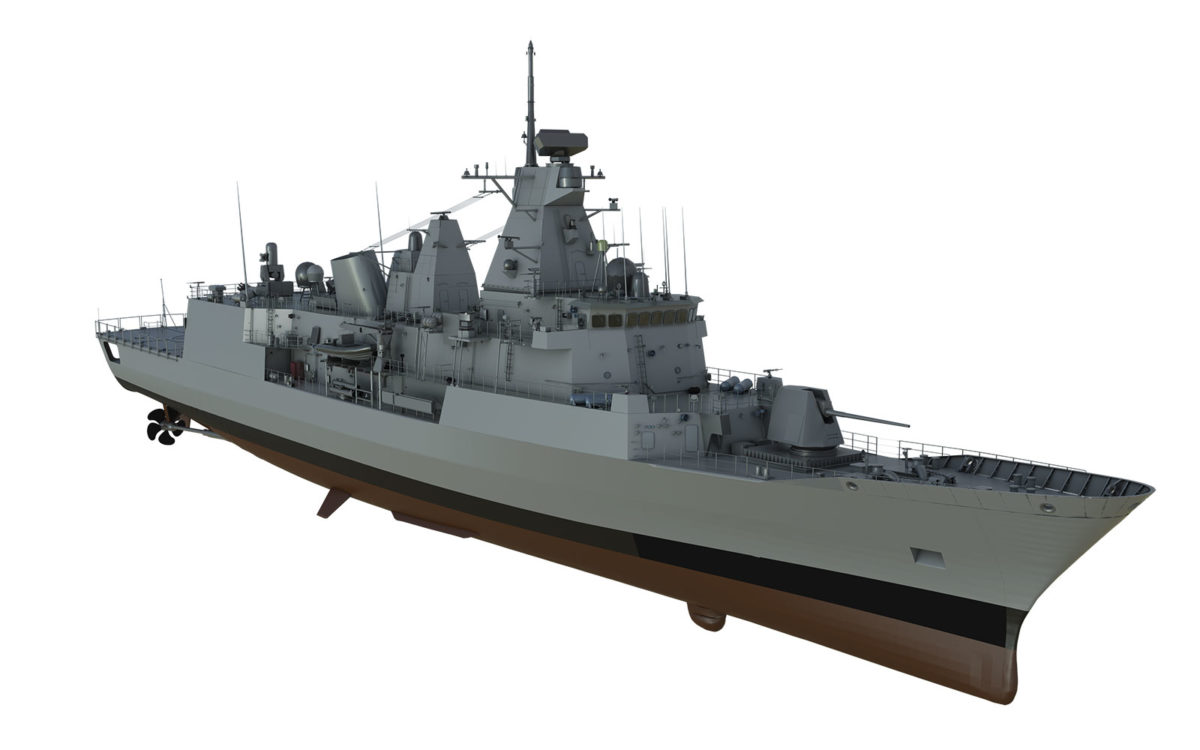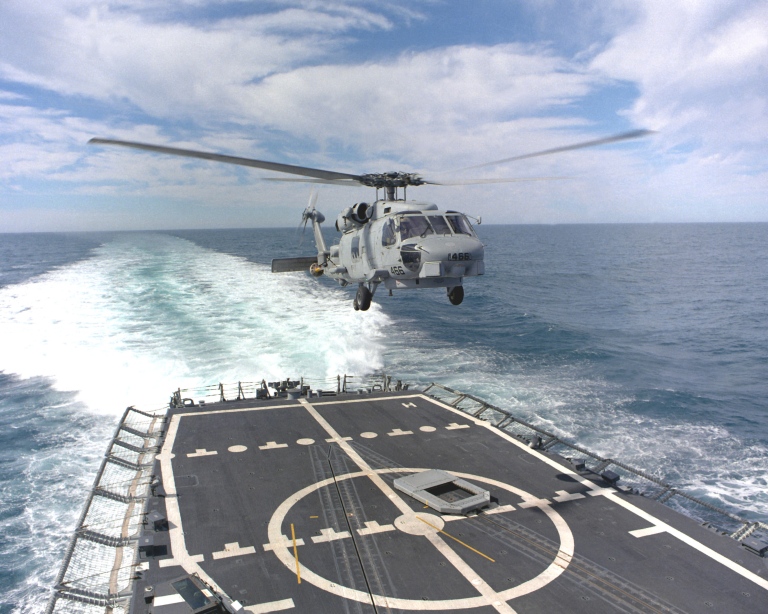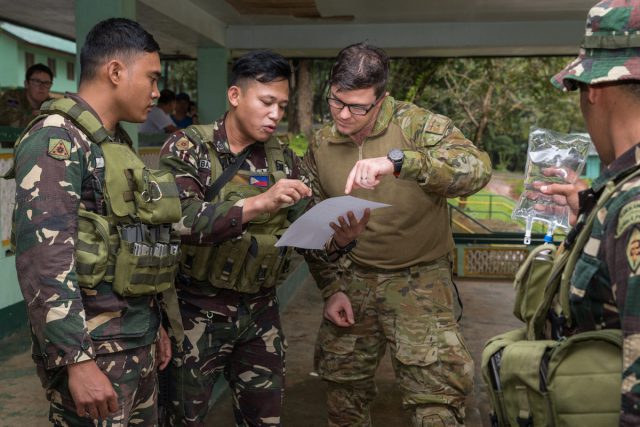Australia’s real choice about China
Australia’s problem with China is bigger and simpler than we think, and thus harder to solve. It isn’t that Beijing doesn’t like Julie Bishop, or that it’s offended by our new political interference legislation, or that it’s building impressive new armed forces, or staking claims in the South China Sea. It’s that China wants to replace the United States as the primary power in East Asia, and we don’t want that to happen. We want America to remain the primary power because we don’t want to live under China’s shadow.
And that’s a big problem for Beijing. Its ambition for regional leadership isn’t something the Chinese are willing to compromise. Nothing—not even economic growth—is more important to them. So our opposition is a big fault line running through the relationship.
This shouldn’t come as news. China’s ambition, and the problems it poses for Australia, have been unmistakably obvious for a decade, but most of us have been in denial about it. And we all know why. Opposing China would risk the economic relationship, and we cannot imagine a future for Australia without the opportunities that only China can offer. But equally we cannot imagine a future for Australia in which China takes America’s place as Asia’s dominant power, and America withdraws.
So we’ve tried to pretend that our problem would go away, by assuming that America could handle it for us. We’ve been convinced that ‘we don’t have to choose between America and China’ because we have clung to the hope that China, overawed by US power and resolve, would meekly abandon its challenge and accept American leadership in Asia after all.
Washington has been hoping for the same thing. It has also been in denial, unwilling either to accommodate China or to confront it. Few in Washington could consider stepping back from leadership in Asia, but even fewer were willing to face up to the spiralling costs and risks of opposing China as its power grew. So they convinced themselves that China wasn’t serious.
That’s why their response—President Barack Obama’s ‘pivot to Asia’—was so feeble. Its architects assumed that a low-cost, low-risk response would be enough make China retreat, so there was no need to risk an economic rupture, or a military conflict. They massively underestimated China’s power and resolve.
Now, however, they’re starting to wake up to reality. The Trump administration’s new US National Security Strategy, and the defence and nuclear strategy documents which followed, finally acknowledged that China is a serious strategic rival, and committed America to resist it. But nothing was said then or since about how to do that, or how much America is willing to pay.
And that’s because there’s real doubt about whether America’s fundamental interests in Asia really justify the costs and risks of resisting China’s bid. Of course America wants to remain Asia’s leading power, but does it want it enough to confront China head on?
Whatever answer the policy experts in Washington give to this question, it’s abundantly clear that Donald Trump, and the America that elected him, are likely to say ‘no’. As president, Trump has remained true to the isolationist nationalism of his ‘America First’ campaign, and there’s no reason to expect him to change. So while Trump’s America could well blunder into a confrontation with China, it will not marshal the sustained commitment of statecraft, resources and resolve required to resist China’s challenge and preserve the US‑led order in Asia.
This has filtered through to Canberra. Last year emerged as the year that our leaders really started to worry about China because it was the year they really started to worry about whether America could be trusted to fix our China problem for us.
This produced the change of tone from Canberra that has angered Beijing. Before last year we walked both sides of the street. We told Washington that we fully supported them in resisting China’s challenge, and told Beijing the opposite. For all the tough talk about the South China Sea, we did nothing substantial enough in support of America to worry Beijing, and we were careful never to express direct opposition to China’s wider regional ambitions. That kept Beijing happy.
But in the months after Trump was inaugurated, our government decided that Washington’s resolve in Asia could no longer be taken for granted. Trump must be talked out of ‘America First’, and encouraged to stand up to China. Both Julie Bishop and Malcolm Turnbull made major speeches that acknowledged for the first time that the Chinese were challenging the US‑led status quo in Asia, and committed Australia to resisting them.
Then later in the year the government published its Foreign Policy White Paper, which was all about Australia’s determination to resist China’s assault on the ‘rules-based order’—code for US regional primacy. And finally, at the end of last year, the government announced new laws to prevent covert political interference, clearly aimed at China.
That’s when China decided to exert a little pressure. It didn’t take long for Canberra to get the message. By early this year, Turnbull and Bishop were already backpedalling hard. They tried to deny that the foreign interference laws were aimed at China, talked up China’s positive contribution to the region, and even took the remarkable step of repudiating Washington’s new tough language about China as a rival and a threat.
But Beijing hasn’t been assuaged, and so the pressure is still on. It isn’t much so far—at least compared to what they could do if they wanted to cause us real pain. But it’s enough to remind Canberra—and the rest of us—what national power means. It means the capacity to impose costs on another country at relatively low cost to oneself, and China now has that in abundance. We’re being warned.
This problem isn’t going to go away, so we have to make some choices. Now we know that China is serious, what price are we willing to pay to resist it, and how far are we prepared to go? Those choices must be based on a realistic assessment of China’s power and ambitions, and of the cost we will incur by opposing them.
We haven’t had that kind of realistic assessment until now, in part because it has been so easy to accuse those who recognise the reality of China’s power and ambition as advocating surrender to it. That is, of course, absurd. And now, perhaps, we can put this absurdity behind us and start seriously to discuss how to deal with the biggest foreign policy challenge since at least World War Two.
https://www.aspistrategist.org.au/a...r&utm_term=Australias real choice about China




















